About Tokyo
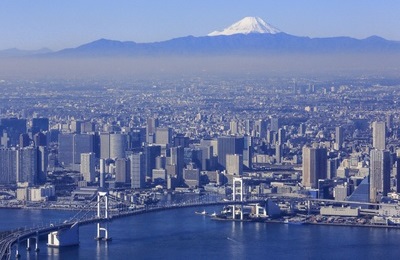
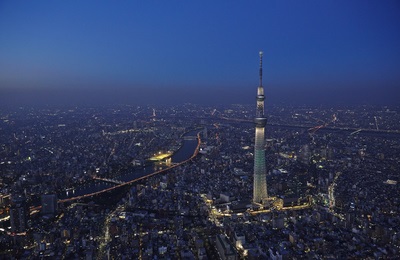
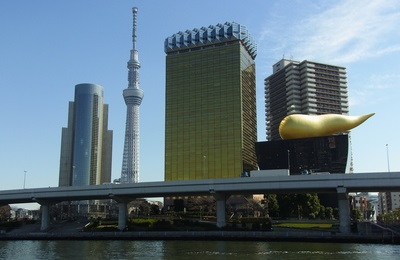
Tokyo is the capital city of Japan, which is modern and cosmopolitan, yet rich in cultural heritage. Majestic skyscrapers contrast with the venerable Tokyo Station building and nearby Imperial Palace with its moat and inner gardens. A short walk from fashionable Ginza is the historic theater where kabuki is performed.
Some 39 million passengers commute daily on trains in the Tokyo metropolitan area, while 1 million people board a taxi each day. Visitors may also take a leisurely pace to enjoy the sights and sounds of Tokyo Bay aboard an old-fashioned Yakatabune houseboat, dinning in traditional style and singing karaoke. The variety and intrigue of Tokyo never ends.
A key to the vision of city planners is Tokyo's 23 wards. The central zone includes the Marunouchi business and shopping district, Tokyo Tower, the high-fashion avenues of Ginza, Shimbashi's multifaceted bars, historic old-town Nihombashi, Kabukiza Theatre and Tsukiji Market. Then there are the famed night-time entertainment district of Roppongi, the upscale Odaiba waterfront and classical Hama-rikyu Gardens.
In the western sector of Tokyo lie the bustling streets of Shinjuku, the trendsetting boutiques and restaurants of Harajuku and Omotesando and Shibuya's most-photographed pedestrian crossing and thousands of teenyboppers. In the Edo period Shinagawa, which is located in the southern zone, flourished as the first accommodation area for travelers arriving from Nihombashi. Today, it connects directly to Tokyo International Airport (Haneda). The anchors for the north are Ikebukuro and its massive station department stores and Sunshine City aquarium, along with Tokyo Dome, baseball stadium and Japan's largest concert venue.
Rounding out the capital's compass is the east, which includes Ueno's national museums and zoo, Ryogoku Kokugikan for Sumo, Asakusa's iconic Senso-ji Temple, 634-meter Tokyo Skytree and Tokyo Disneyland/Tokyo Disneysea.
Senso-ji Temple Excursion
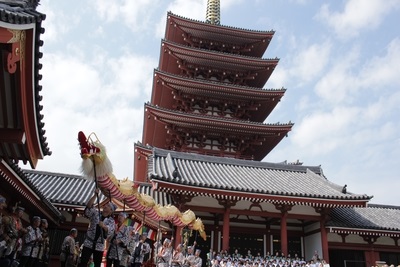
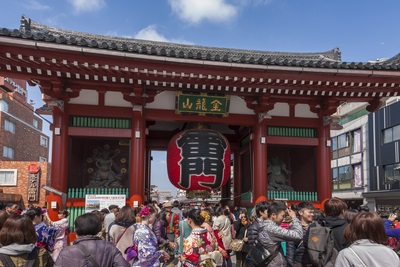
Senso-ji Temple (also known as Asakusa Kannon Temple) in Asakusa is the oldest temple in the capital city, built in 645 (Tokyo's oldest temple) and drawing more than 30 million visitors annually, and remains and important place of worship. The principle image of the temple is the Bodhisattva Kannon, known among Buddhists as the most compassionate. The Nakamise shopping arcade leads up to the temple and houses stalls selling traditional, local snacks and souvenirs. Rickshaws are available for hire for guided tours of the Edo-style neighborhood.
Tokyo Skytree Excursion
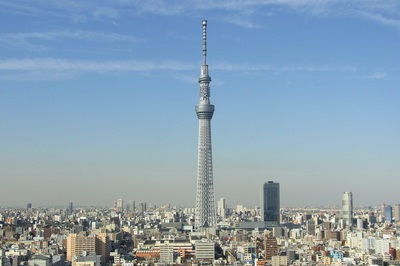
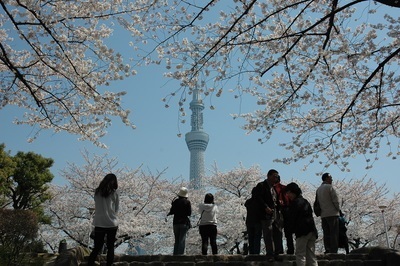
Tokyo Skytree has become a landmark in Tokyo and is the highest free-standing broadcasting tower in the world at 634 meters. A shopping, dining and entertainment center, Tokyo Solamachi, with over 300 establishments and aquarium and planetarium (in Japanese), are at the base of the tower. In the tower's Tokyo Skytree Tembo Deck, the observation deck, cafe, restaurant and official shop are at 350 meters; and in the Tokyo Skytree Tembo Galleria, the observation deck is at 451.2 meters, with the spiral corridor at 450 meters.
More informationThe Imperial Palace
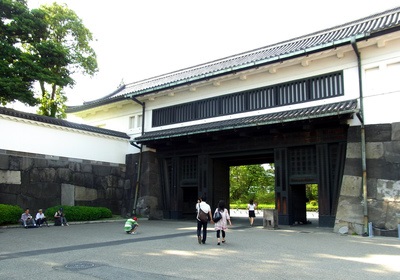
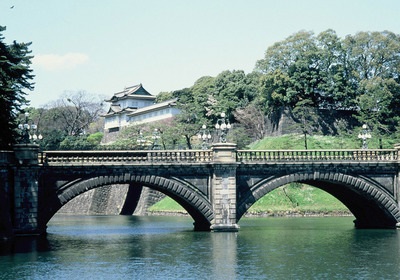
The Imperial Palace is where the emperor and empress reside, and is surrounded by a moat and tree-lined grounds. The outer garden, east garden and Kitanomaru Garden are open to the public without charge. Reservations are required to visit the area around the palace itself. A favorite photo oppotunity is before the Nijubashi Bridge over the moat, near Tokyo Satation, and the east garden when azaleas, hydrangeas and other flora are in bloom. The Chidori-ga-fuchi moat is an all-time favorite among Tokyoites for cherry blossom viewing in April.
More informationTsukiji Market
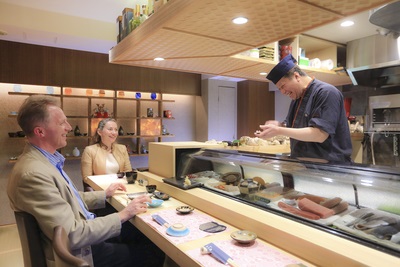
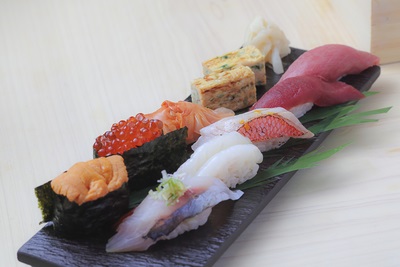
Tsukiji Market offers fish from around the world, along with fruits and vegetables from around Japan, and has over 10 wholesalers in all with hundreds of stalls where buyers and sellers auction. The seafood volume alone exceeds 1,700 tons daily. Visitors are encouraged to limit their visits to the adjacent outer market covering a few blocks of small retail shops and restaurants, situated along narrow lanes and typically open from five in the morning to around noon or early afternoon. In 2016, Tsukiji Market is slated to move to Toyosu. The outer market will remain at its current location.
More informationTokyo Tower
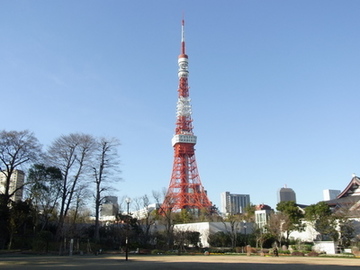
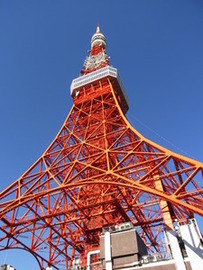
Tokyo Tower, built in 1958, remains a beloved icon. It exceeds the Eiffel Tower in Paris by 13 meters, yet is 3,000 tons lighter due to advances back then in steel manufacturing and construction technology. Some 34,000 liters of paint is used for the white and orange tower, and 180 floodlights were installed to light up the structure.
More informationMeiji Jingu Shrine
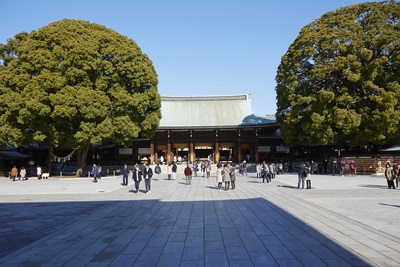
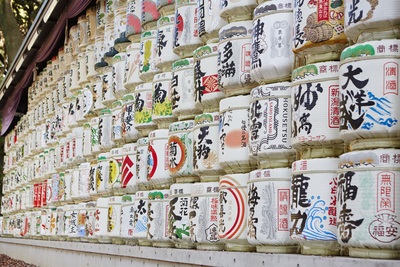
Meiji Jingu Shrine, established in 1920, is dedicated to the souls of Emperor Meiji (1868-1912) and his consort Empress Shoken. The shrine will mark its 100th anniversary in 2020, the same year in which the Tokyo Olympics and Paralympics will be held. Right next to busy JR Harajuku Station lie more than 70 hectares encompassing the green groves of Meiji Jingu Shinto Shrine. Created about 100 years ago, the sacred wood boasts 234 species of trees. An ethereal feeling permeates the air here, creating a sense of calm that makes you forget you are in the middle of gigantic city at a shrine that draws the largest number of worshippers in Japan at New Year's.
More informationShinjuku Gyoen
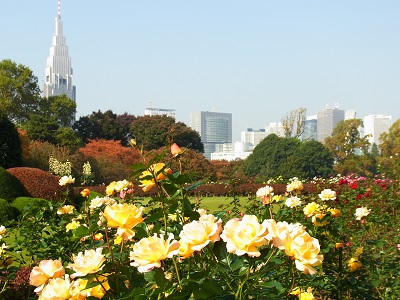
Shinjuku Gyoen was the former site of a private mansion owned by Lord Naito, and was completed as an Imperial garden in 1906. Covering 58.3 hectares and at a circumference of 3.5 kilometers, the garden blends three styles of garden; French formal, English landscape and Japanese traditional.
More informationHama-Rikyu Gardens
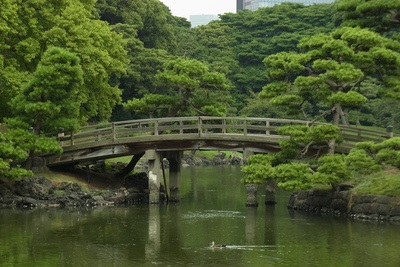
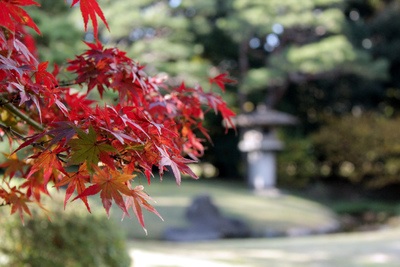
Hama-Rikyu Gardens are located at the mouth of the Sumida River, with entrances at the Otemon Gate (Shimbashi) and Nakanogomon Gate (Shiodome). The garden has teahouses and a tidal pond, common elements of a feudal lord's residence.
More informationEdo-Tokyo Museum
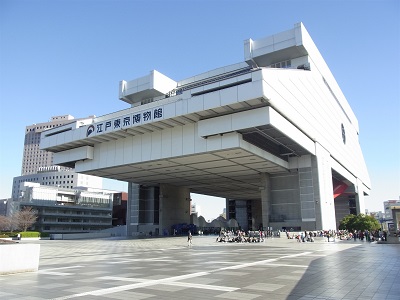
Edo-Tokyo Museum has a replica of the Nihombashi Bridge, which serves as an entrance to the permanent exhibit covering more than 400 years of history. Special exhibitions also present aspects to Tokyo-Edo's history and culture, which serve as projections into living in the future as well. The construction area covers 30,000 square meters.
More informationGinza
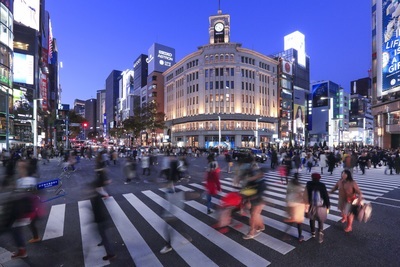
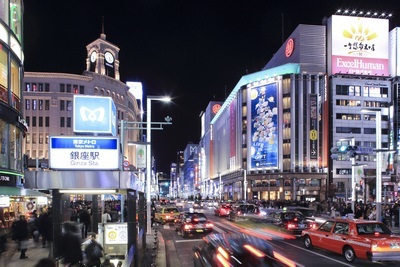
The Ginza shopping district is very popular and convenient, with the major department stores in the area offering everything from fashion and accessories, cosmetics and beauty care products to lifestyle goods, foods and restaurants, and traditional Japanese arts and crafts. Matsuya, now with an LED-lit facade, opened in 1925, and the iconic brass lions have been guarding the entrance of Mitsukoshi since 1930. Wako, built in 1932, was architecturally restored recently, and its clock tower remains an icon at the famous intersection of Chuo and Harumi streets. Inside are jewelry, watches and other luxury items. Printemps is a Paris-based chain that not only has women's fashion and accessories, but specialty outlets for wines and foods, as well as restaurants.
More informationAkihabara Electric Town
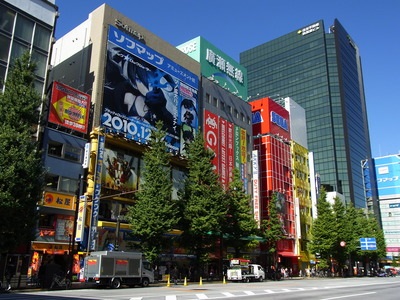
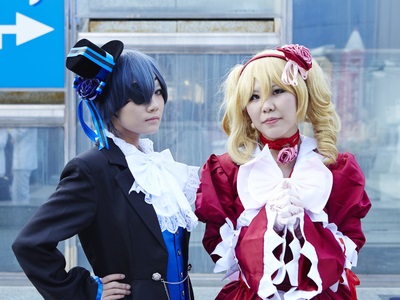
Akihabara remains Tokyo's Electric Town and the center of Japan's Otaku Anime and Manga culture. Hundreds of outlets sell goods such as computers, cameras, televisions, mobile and smartphones and home appliances. Staff are multilingual, and there are duty-free shopping options for visitors.
More informationAll images in this page are copyrighted by Tokyo Convention & Visitors Bureau.